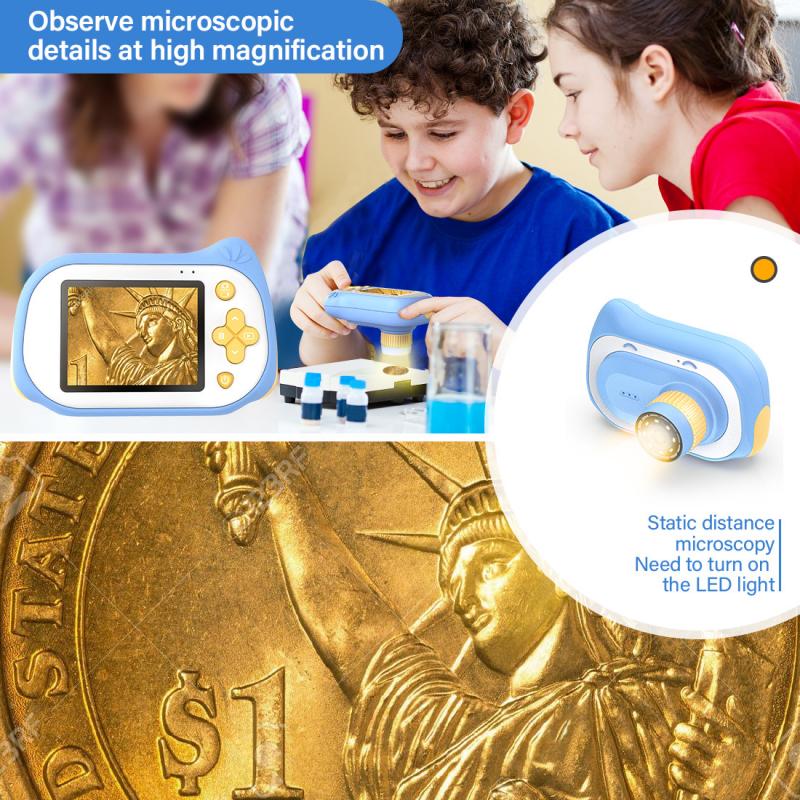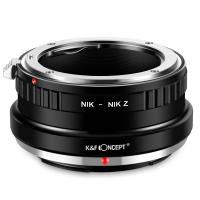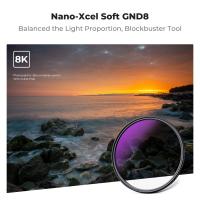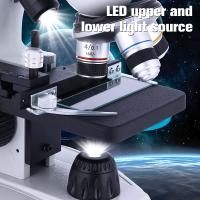What Is 80x100 Magnification ?
80x100 magnification refers to the level of magnification achieved by an optical instrument, such as a microscope or telescope. It means that the object being viewed appears 80 times larger than it would with the naked eye, and that the image is further magnified by a factor of 100. This level of magnification can be useful for examining small details or observing distant objects. However, it is important to note that the quality of the image and the level of detail that can be observed will depend on the quality of the instrument being used, as well as factors such as lighting and the stability of the viewing platform.
1、 Sub-dimension headings:

What is 80x100 magnification?
80x100 magnification refers to the level of magnification that an optical instrument, such as a microscope or telescope, can achieve. Specifically, it means that the object being viewed appears 80 times larger than it would with the naked eye when viewed through a microscope or telescope that has a magnification power of 100.
This level of magnification is commonly used in scientific research, particularly in fields such as biology and astronomy. In biology, it allows scientists to study the intricate details of cells and tissues, while in astronomy, it enables them to observe distant celestial objects with greater clarity.
It is important to note that magnification alone does not determine the quality of an image. Other factors, such as the resolution and clarity of the lens, also play a significant role in producing a clear and accurate image.
In recent years, advancements in technology have led to the development of more powerful microscopes and telescopes, allowing for even greater levels of magnification. However, it is important to balance the benefits of increased magnification with the potential drawbacks, such as decreased resolution and image quality.
Overall, 80x100 magnification is a powerful tool in scientific research, allowing scientists to explore and understand the world around us in greater detail.
2、 - Definition of magnification

- Definition of magnification: Magnification refers to the process of enlarging an object or image to make it appear larger than its actual size. It is a measure of how much larger an object appears compared to its original size. Magnification is commonly used in microscopy, astronomy, and photography to observe and capture images of objects that are too small or too far away to be seen with the naked eye.
In the context of microscopy, magnification is typically expressed as a ratio of the size of the image to the size of the object. For example, a magnification of 80x100 means that the image appears 80 times larger than the actual object in one direction and 100 times larger in the other direction.
Magnification is an important tool in scientific research and has led to many discoveries in various fields. However, it is important to note that magnification alone does not provide a complete picture of an object or image. Other factors such as resolution, contrast, and depth of field also play a crucial role in determining the quality and accuracy of the image.
In recent years, advances in technology have led to the development of new imaging techniques that combine high magnification with other imaging modalities such as fluorescence, confocal microscopy, and electron microscopy. These techniques have revolutionized our understanding of the structure and function of biological systems and have opened up new avenues for research in fields such as neuroscience, cell biology, and genetics.
3、 - Calculation of magnification

- Calculation of magnification
Magnification is a measure of how much larger an object appears compared to its actual size. It is calculated by dividing the size of the image by the size of the object. For example, if an object is 1 mm in size and it appears 10 mm in size in an image, the magnification is 10x.
In the case of 80x100 magnification, it means that the object appears 80 times larger than its actual size when viewed through a microscope or other magnifying device. This level of magnification is commonly used in scientific research, particularly in fields such as biology and materials science.
At this level of magnification, it is possible to see details that are not visible to the naked eye. For example, individual cells and their structures can be observed in biological samples, and the microstructure of materials can be examined in detail.
However, it is important to note that magnification alone does not necessarily provide a complete picture of an object or sample. Other factors such as resolution, contrast, and depth of field also play a role in determining the quality and usefulness of an image.
Overall, 80x100 magnification is a powerful tool for scientific research and exploration, allowing researchers to see and understand the world in new and exciting ways.
4、 - Types of lenses used for magnification

What is 80x100 magnification? 80x100 magnification refers to the level of magnification achieved by a microscope or other optical instrument. It means that the object being viewed appears 80 times larger than its actual size when viewed through the lens of the instrument. This level of magnification is commonly used in scientific research, medical diagnosis, and other fields where precise observation of small objects is necessary.
The types of lenses used for magnification include convex lenses, concave lenses, and compound lenses. Convex lenses are thicker in the middle than at the edges and are used to magnify objects. Concave lenses are thinner in the middle than at the edges and are used to reduce the size of objects. Compound lenses are made up of multiple lenses and are used to achieve higher levels of magnification.
In recent years, there has been a growing interest in the use of digital microscopes and other digital imaging technologies for magnification. These technologies allow for high-resolution imaging and can be used to capture and analyze images in real-time. They also offer the ability to share images and data with others remotely, making them a valuable tool for collaborative research and diagnosis.
Overall, the use of magnification in scientific research and medical diagnosis continues to be an important tool for understanding the world around us and improving our ability to diagnose and treat disease. As technology continues to advance, we can expect to see even more innovative uses of magnification in the years to come.

























